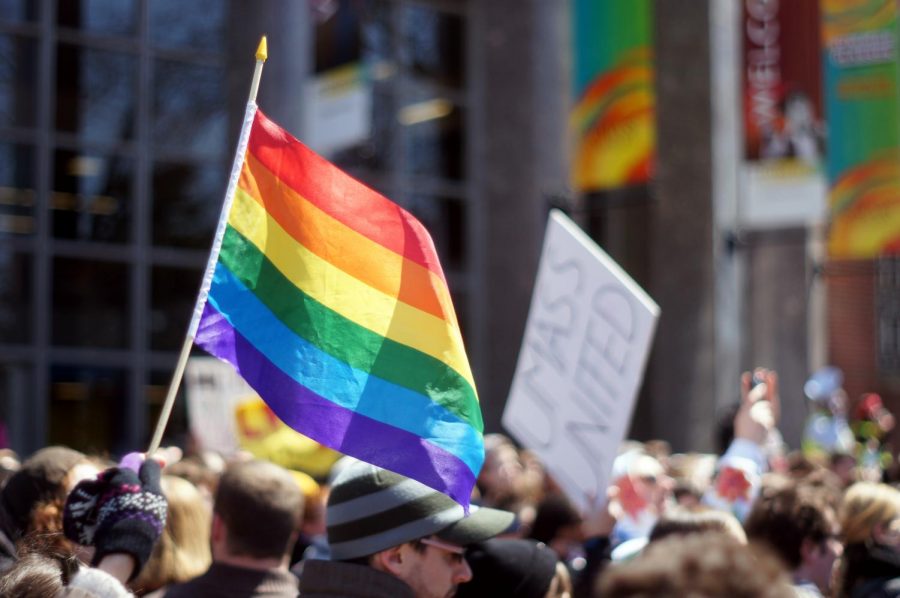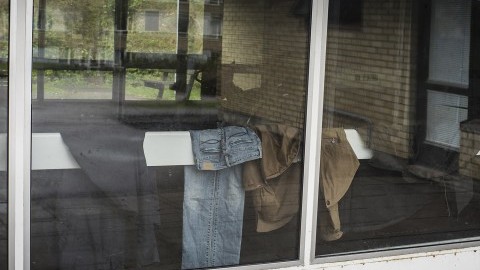
On the International Day of the Girl – which is on Oct. 11 for those of you who, like me, didn’t know that it existed – the Boy Scouts of America (BSA) announced that girls will now be able to join the Boy Scouts. My first thought upon hearing that news was, “What? Is that not what the Girl Scouts of America are for?” I felt immediately ashamed at not seeing the politically correct, probably self-evident liberal explanation for this change, scolding myself as a bad liberal. I felt even more embarrassed when I discovered that I had the exact same reaction as Donald Trump Jr., who tweeted, “Strange, I thought that’s what the Girl Scouts was for???” I thought there surely must be something I’m missing. But the more articles I read, the more I found myself maintaining my confusion and siding—along with the Girl Scouts—with a Trump.
The main justification for this change stems from the fact that Girl Scouts don’t have the opportunity to earn the prestigious “Eagle Award” which has always held some serious merit in today’s society, giving earners a leg up academically and career-wise. Just ask Neil Armstrong or Attorney General Jeff Sessions. The closest Girl Scout equivalent is the Gold Award, which is not nearly as recognized or exalted. Why, as a society, do we recognize the award for boys more highly than the award for girls?
Part of the reason could be that the Eagle Scout distinction is more difficult and straightforward than the Gold Award.
According to Time Magazine, “To become an Eagle Scout, Boy Scouts must complete a service project, have 21 merit badges including specific required ones, serve in a leadership position, be an active member, present recommendations and participate in a unit leader conference before the age of 18.”
Numerous distinctions, leadership positions and conferences, these are things some adult businessmen can’t manage, never mind an adolescent boy.
In stark contrast to these clear requirements, “To earn the Gold Award, girls need to identify an issue, investigate it thoroughly, get help and build a team, create a plan to present and get feedback on, take action and then educate and inspire people.”
It’s no wonder the Gold Award holds no water. It sounds more like a service project than anything else. Additionally, it sort of implies leadership but is so ambiguous that it’s hard to tell. And inspiration is hardly a concrete, measurable standard. Where are the conferences? Where are the merit badges?
The official BSA statement read, “Families today are busier and more diverse than ever. Most are dual-earners and there are more single-parent households than ever before, making convenient programs that serve the whole family more appealing.” This statement sounds like a cozy excuse for what is a bold last-resort financial play on the part of the Boy Scouts, whose membership has been on a steady decline after its peak of 6.5 million members in 1972. Today, it seems less boys are inclined to popcorn sales. But as the president of the GSA stated, “We are confused as to why, rather than working to appeal to the 90 percent of boys who are not involved in BSA programs, you would choose to target girls.” Indeed, the BSA are gaining a heavy expansion of their customer demographic, and as much as we’d like to believe the badge-adorned munchkins weren’t part of a larger, money-making organization, the fact of finances remains. They don’t peddle those terrible bags of popcorn for nothing – after all, a Scout is thrifty, according to Boy Scout law.
The BSA makes a fine point, however, despite their double-edged motives. The Girl Scout program must acknowledge the issues in their programs which make membership difficult or unappealing. One mother and troop leader, Asha Rangappa, expressed on Twitter how Girl Scouts “seems to be…built on a model where troop leaders are [stay-at-home] moms who literally have all the time in the world.” In a society where, often, both parents are working full-time, troop leaders cannot be expected to devote their lives to cookies and knot-tying. The program can no longer rely on the outdated domestic model of the devoted housewife to provide the time and legwork to run activities.
Rangappa also expressed frustration at the copious amounts of red tape she was required to go through in order for her daughter to participate in activities like field trips, writing, “hours and days of training and forms to do ANYTHING…Worse than working for the government.” She also comments on the Girl Scouts’ lack of emphasis on “building things” and “survival skills.” To a large degree, the GSA still needs to dig itself out of patriarchal gender roles.
Clearly, the program has flaws. The answer, however, isn’t to disregard the inadequate Girl Scout program and usher young girls into the big happy Boy Scout family. Though girls are now granted the opportunities and respect they deserve, the change sends the message to young girls that to gain those opportunities and respect, they must align themselves with masculinity. We should instead be building the Girl Scouts up, and creating more gender-neutral programs for both Scouts and more domestic activities for the boys and more wilderness activities for the girls.
Another possible solution would be to merge the existing organizations into one, united “Scouts of America,” which would also eliminate the strain of choice for transgender or non-binary kids. Either way, femininity must be something celebrated, and young girls must be taught that they should be proud if they identify as a woman.
Isobel McCue is a Collegian columnist and can be reached at [email protected].

















